Four years has passed since Tata launched their most expensive car yet and the Harrier has been successful for the Indian car maker. For this premium a car, an automatic was a necessity and Tata launched the two-pedal version at the Auto Expo. Also, since the introduction of the new BS-VI engine, it delivers more power, 170PS at that. Plus, there are a few nips and tucks around the car, both inside as well as outside and we take it for a spin to find out how it fares.
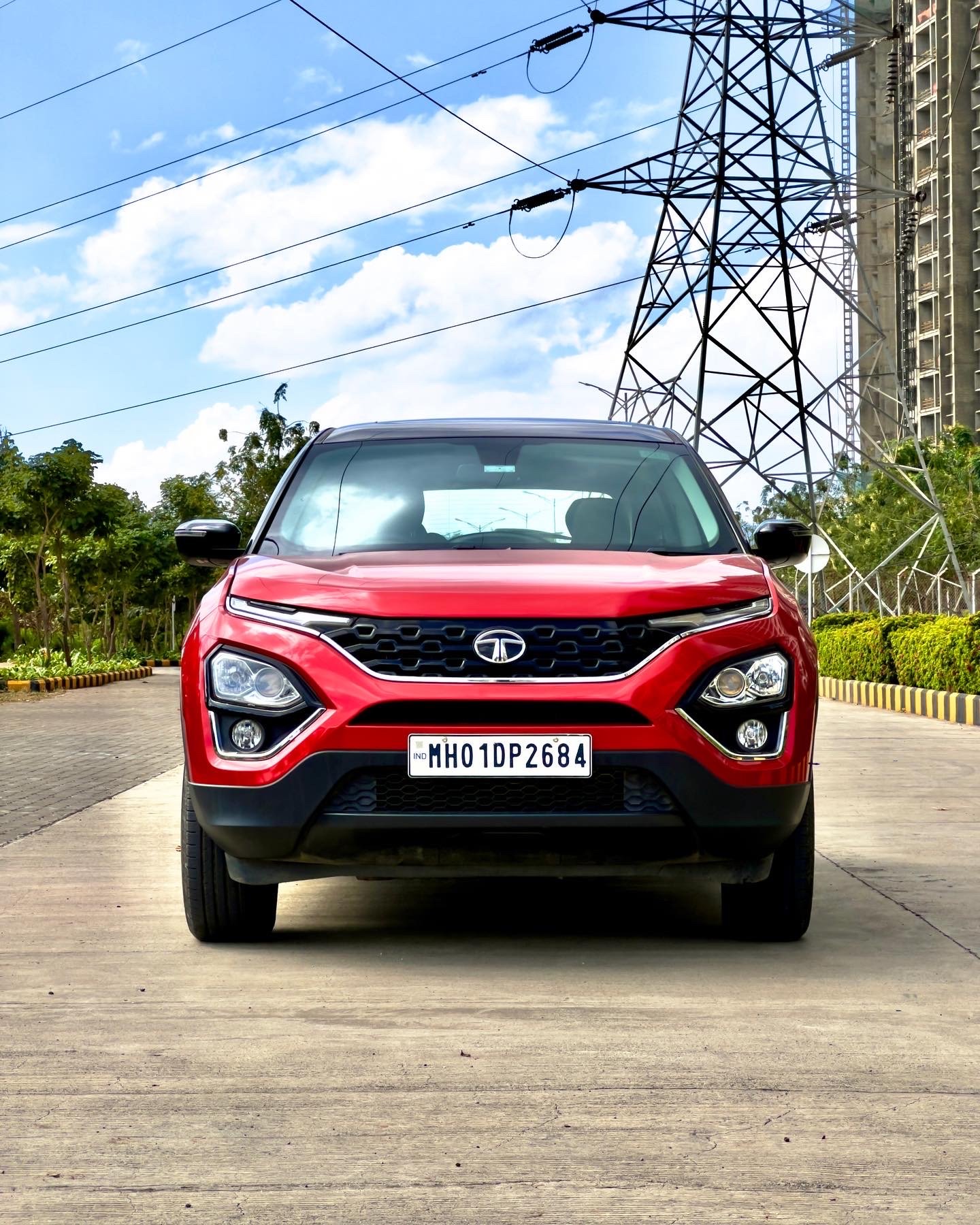
So, What’s New?
Let us start with the equipment. First up is the panoramic sunroof. It’s actually quite large and has three switches to operate it – one to slide the sun-shade, one to just pop it up and one to open it up. The glass is lined with a heat-resistant film to restrict the heat from entering the cabin. The driver seat of the Harrier is now 6-way electrically adjustable, befitting the premium SUV space that the Harrier occupies. The 8.8-inch touchscreen infotainment system now works seamlessly with both Android Auto and Apple CarPlay. The features list does remain the same as before while ESP with Hill-hold, traction control, corner stability control with roll-over mitigation and rear parking sensors are now standard.
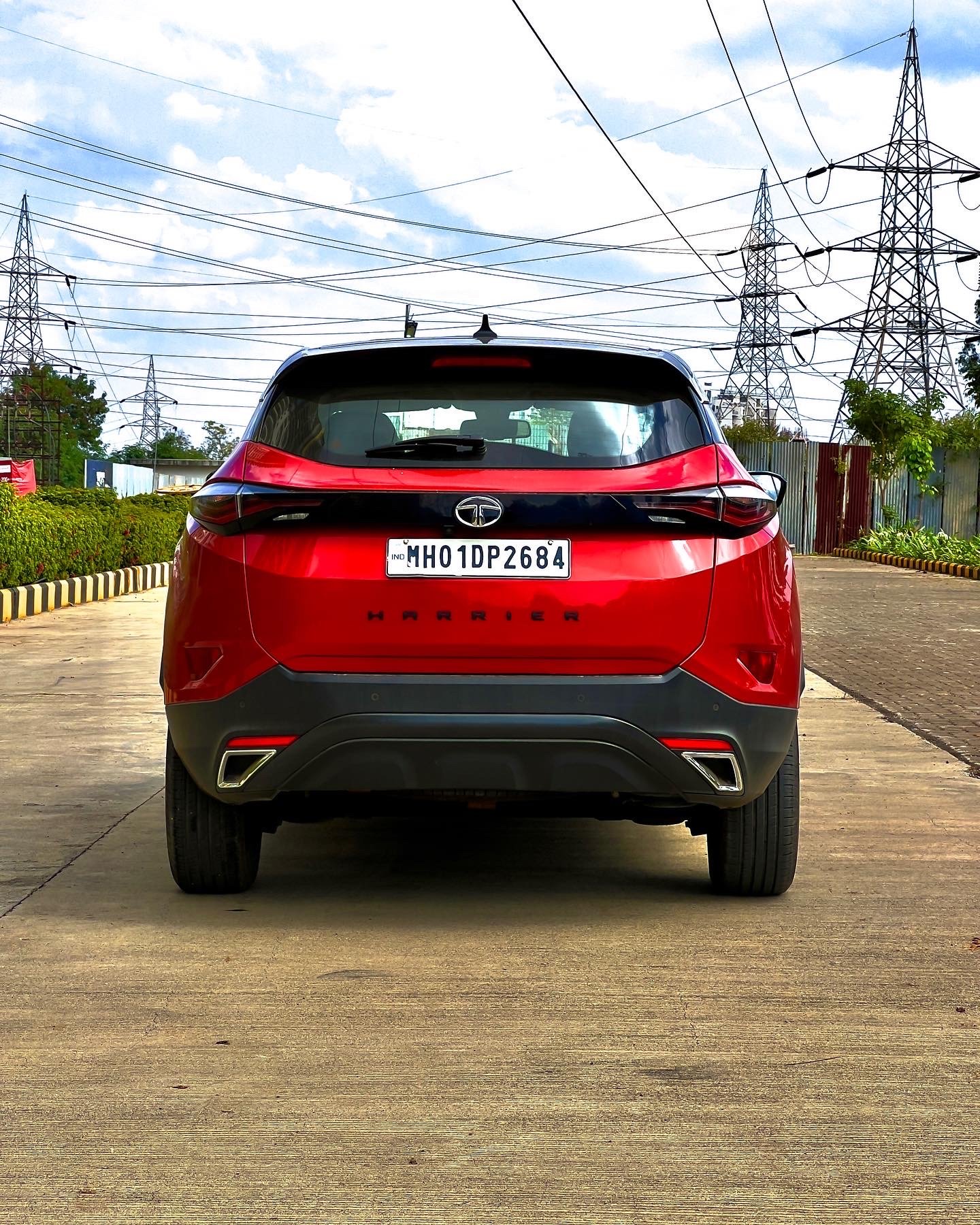
The wing mirrors have been redesigned and now take a more aerodynamic shape that reduces the wind noise at highway speeds by a fair margin. But they are still large enough to give a good view of the traffic behind. The inside rear view mirror is now the auto-dimming type. The 2020 Tata Harrier gets new two-tone diamond cut 17-inch alloys that come shod with the 235/65 Apollo Apterra tyres.
BSVI Compliant
The 2.0-litre Fiat-sourced 4-cylinder turbocharged diesel engine is now BSVI compliant. The Harrier gets a 15-litre reservoir for the Ad-Blue which is injected into the exhaust to reduce emissions to permissible limits. Tata says that the 15-litre reservoir is good for at least 7,500km before it needs a refill and can last up to 10,000km depending upon how the car is being driven.
The Harrier will give start giving alerts at 1,500km-to-empty and the frequency would increase as you inch closer to empty. If the Ad-Blue reservoir empties while driving, the car will keep running until you stop and not crank afterwards. Which means, you will have to either reach the nearest service centre, or get it refilled at your next stop to be able to start the car. The filler cap for Ad-Blue is in the boot of the Harrier unlike its conventional position beside the fuel filler.
Coming back to the engine, it now develops 170PS of power while the torque output of 350 Nm remains unchanged. The engine internals are almost the same and the bump in power can be attributed to the new tune and engine mapping. Along with the six-speed manual gearbox, the Harrier now gets a 6-speed torque-converter automatic option. This gearbox has been sourced from Hyundai (seen in the Tucson) and tweaked to suit the Harrier.
How Does It Perform?
Additional power has certainly given this large SUV the go. The Harrier feels eager off the block and quickly settles into a cruise. The upshifts are fairly quick and at part throttle, you might not even notice it shift gears. When you gas it for a quick overtake, the automatic kicks down fairly quick to unleash the 350 Nm of torque. It is a breeze to drive in city traffic and when you venture out on the highway, the Harrier will hit the three-figure mark in no time and will also cruise at 100kmph under 2,000rpm. Floor it off the line and the Harrier will also give you a hint of torque steer.

Tuned for economy in the City mode, the automatic Harrier will upshift at about 2,000rpm and when you go off-throttle, it freewheels till you get on the brakes. While it works great on freeways to rake up the economy numbers, you need to be attentive driving downhill through mountain roads. For that though, the Manual/Sport mode option will hold it in gear and give control over the shifts.
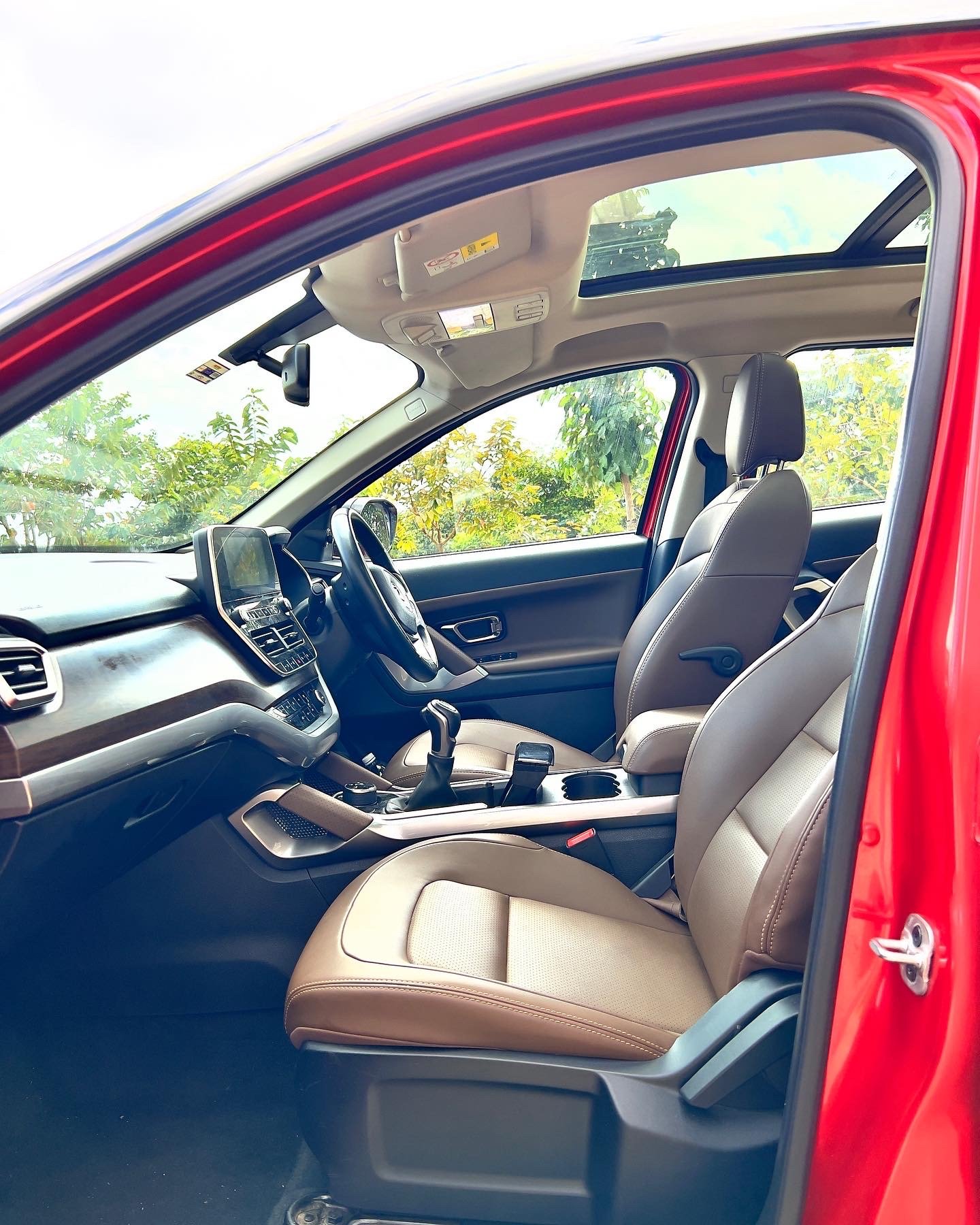
The automatic Harrier gets two more drive modes – Wet Mode and Off-Road mode, that have been tweaked to work with the automatic gearbox and we should be able to give you a rundown on that in the detailed road test. Overall, the automatic gearbox seems to work quite well as it eases out the spikes in power delivery.
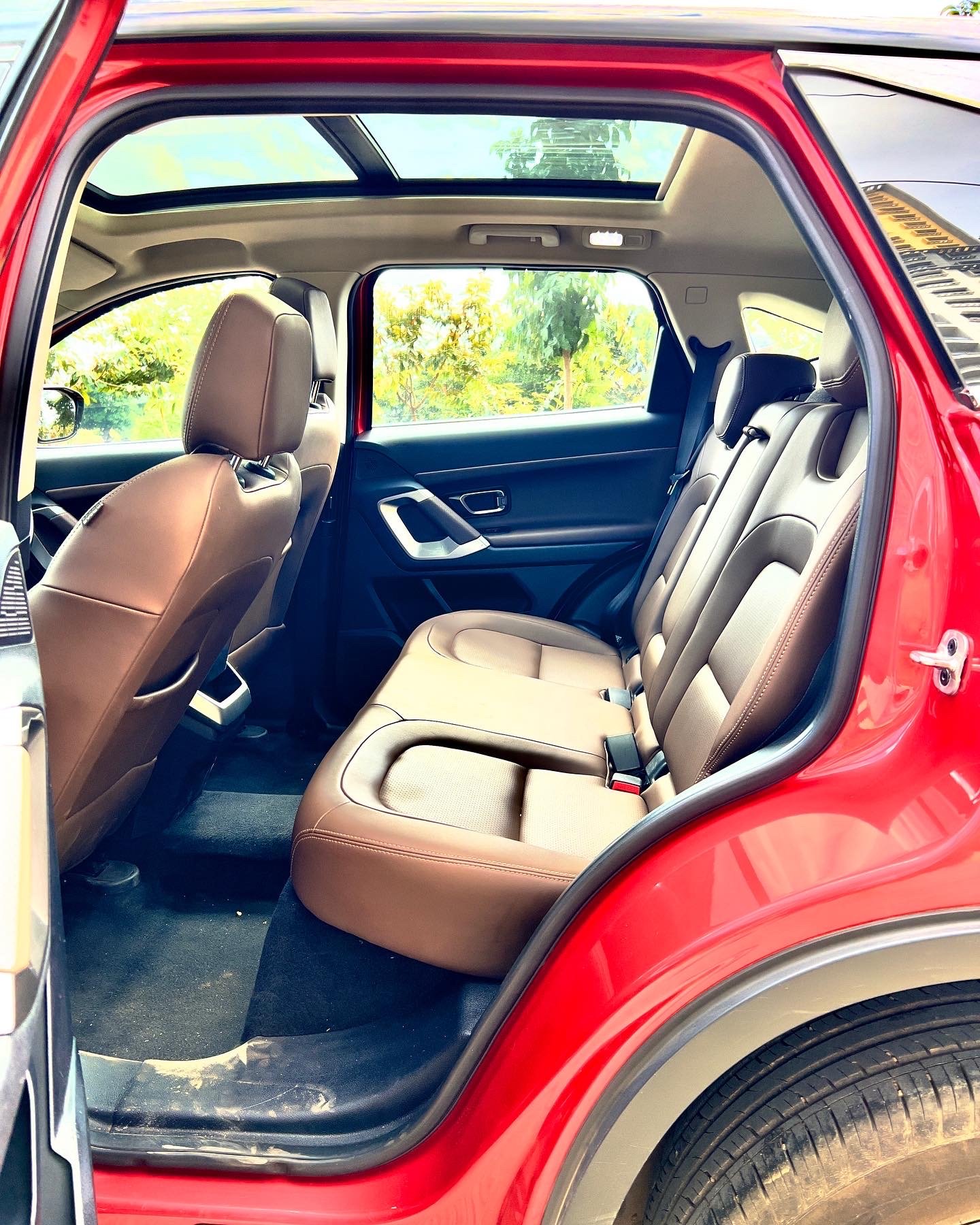
With the manual gearbox, the Harrier does feel livelier. The torque starts peaking from 1,800rpm and the Harrier lunges ahead with purpose till 4,000rpm. The gears do slot well and a shorter gear throw would have certainly felt better. The suspension setup on the 2020 Harrier is the same as before and it continues to provide a pliant ride, soaking up undulations and smaller potholes rather well. Around tight corners, the suspension does hold up well and you can push the Harrier with the ESP assisting all along. Having said that, you would rather cruise around in the Harrier than throw it around corners, because that is something the Tata SUV does very well.
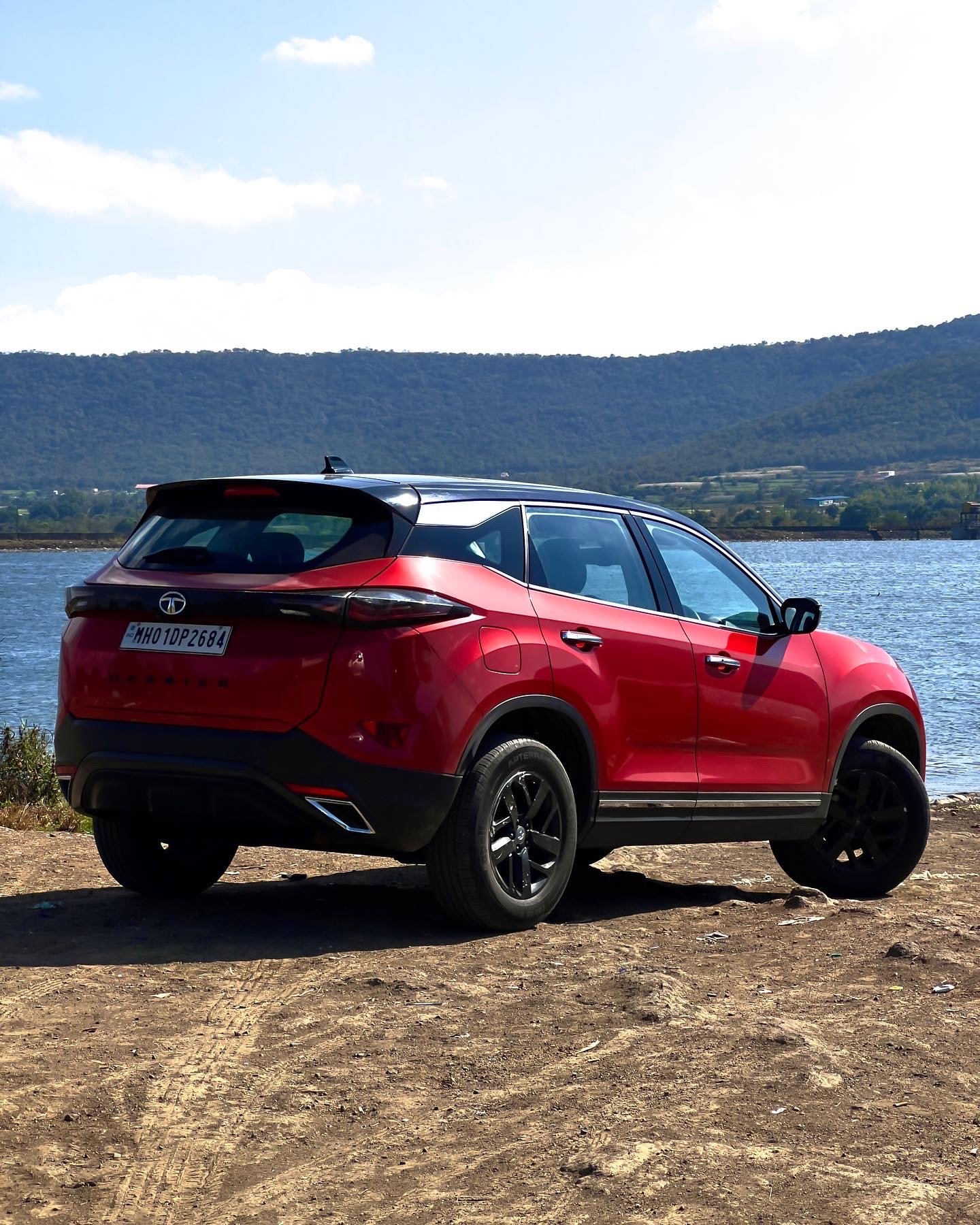
The steering is on the lighter side and turns effortlessly lock-to-lock, an absolute boon when you have to navigate a car of this size in city traffic. But, at highway speeds, it does not weigh up as expected and that can be a little unnerving around winding roads. The brakes work well, bringing this almost 1.7-ton SUV to a halt in an assuring manner. With ESP now standard across trims, it doesn’t scuttle under heavy braking. It also has the pre-fill function where the brake pedal stiffens up faster under panic braking as the ESP gauges it using the ramp rate.
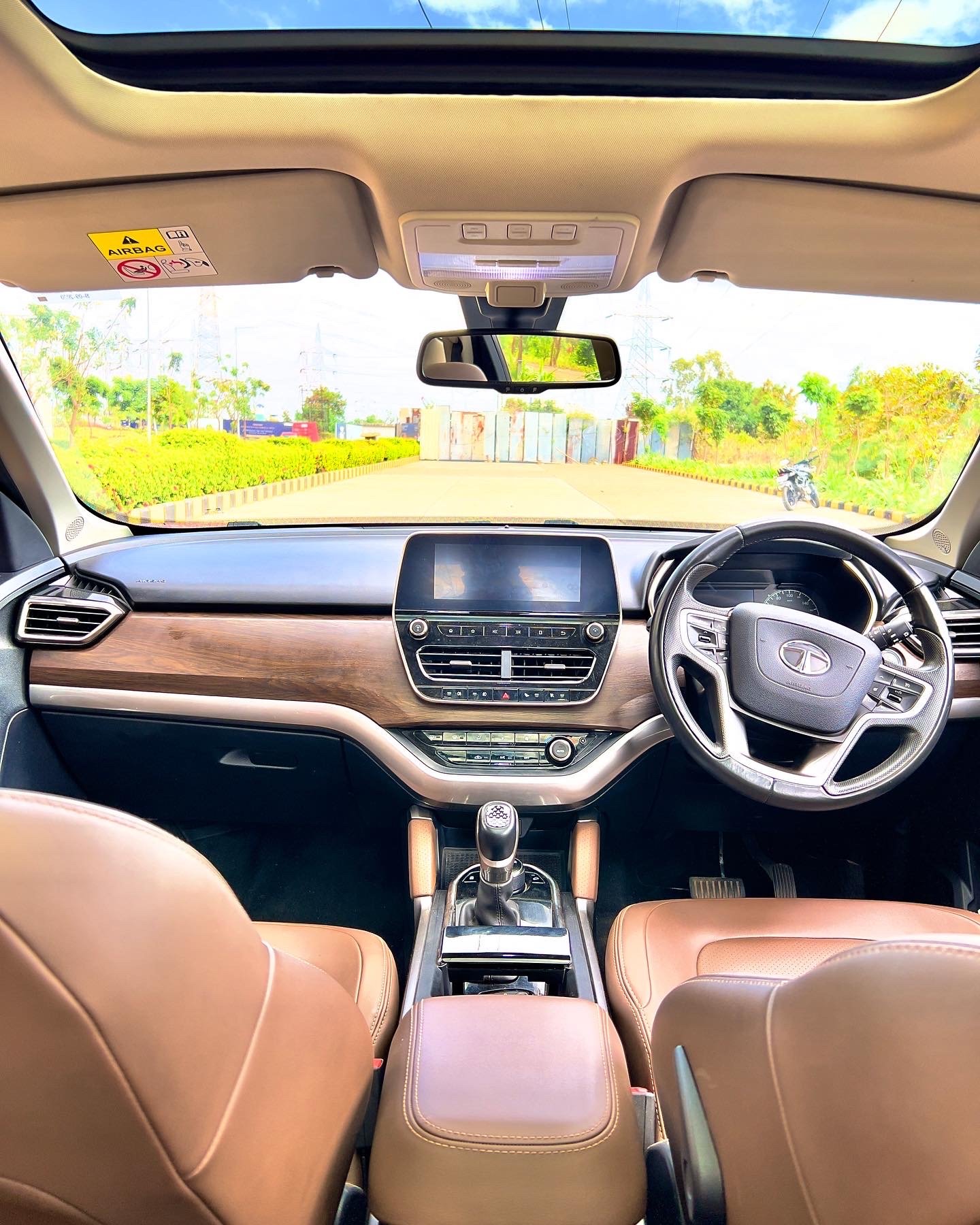
How Does It Fare?
The Tata Harrier with its unique design and shades of Land Rover styling has already hit a sweet spot in the market. It is bigger than the Hyundai Creta or the Kia Seltos, pegging it in the upper echelons of the premium compact SUV segment. The MG Hector, though it matches the Harrier in size, does not get a diesel automatic option.
The Harrier starts at Rs 16.55 lakh for the XE manual while the entry-level automatic is the XMA priced at Rs 19.55 lakh, on-road Delhi. The fully loaded XZA with a dual-tone paint scheme and the panoramic sunroof will cost Rs 24.24 lakh, on-road. With more horsepower on tap, an automatic gearbox that works quite well, a panoramic sunroof and the dollops of space in the premium cabin, it can be a value-for-money choice for those who are looking at the Jeep Compass or the Hyundai Tucson for that matter.






